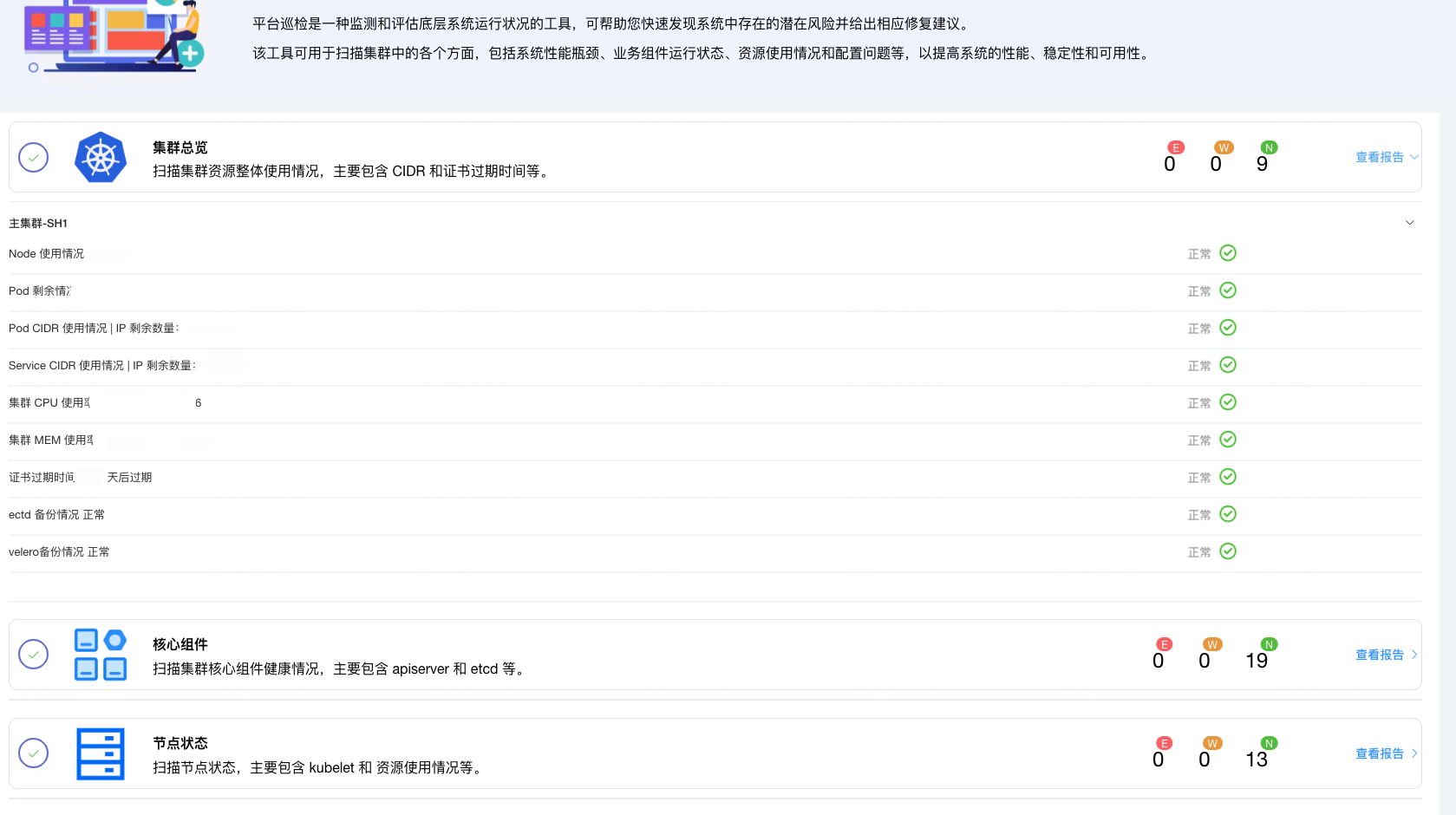文章目录
- 1、下方自定义名词约定
- 2、官方流程图
- 3、构造函数Promise + <状态>fulfilled 用法
- 代码
- 图示
- 4、构造函数Promise + <状态>rejected 用法
- 代码
- 图示
- 5、第3和4结合使用,可以将promise状态settled为2种情况之一
- 代码
- 图示(图中if和else都是调用positive不太对,以代码为准)
- 6、then的用法
- 代码
- 图示
- 7、catch的用法
- 概括
- 代码
- 8、all的用法
- 概括
- 代码
- 9、race() //竞态
- 概括
- 代码
1、下方自定义名词约定
- IIFE:立即执行函数
- positive: 正向结果接收函数(resolve),异步回调后用这个函数接收数据并改变promise状态
- data: 正向数据
- negative: 负向结果接收函数(reject),异步回调后用这个函数接收原因并改变promise状态
- reason: 负向原因
2、官方流程图

3、构造函数Promise + <状态>fulfilled 用法
代码
//抽象伪代码例子
new Promise( IIFE(positive, negative){ positive(data) } )
//具体例子
let testP = new Promise(function(positive, negative){
setTimeout(()=>{
positive("success.");
console.log(`延迟执行完毕,用positive设置正向结果,并改变promise的状态`);
}, 5000);
});
图示

4、构造函数Promise + <状态>rejected 用法
代码
//抽象伪代码例子
new Promise( IIFE(positive, negative){ negative(reason) } )
//具体例子
let testFail = new Promise(function(positive, negative){
setTimeout(()=>{
negative("failure.");
console.log(`延迟执行完毕,异步回调后用negative这个函数接收原因并改变promise状态`);
}, 5000);
});
图示

5、第3和4结合使用,可以将promise状态settled为2种情况之一
代码
// 下方的 xxx 每次执行都要用一个新变量接收新的结果
let xxx = new Promise(function(positive, negative){
setTimeout(()=>{
let rst = Math.floor(Math.random()*100);
if(rst%2==0){
positive(`偶数=>${rst}`);
}else{
negative(`奇数=>${rst}`); //注意,下方图示调用错误,总是fulfilled态;以运行这个最新代码为准
}
}, 5000);
});
图示(图中if和else都是调用positive不太对,以代码为准)


6、then的用法
代码
new Promise(function(positive, negative){
// setTimeout(()=>{
let rst = Math.floor(Math.random()*100);
if(rst%2==0){
positive(`偶数=>${rst}`);
}else{
negative(`奇数=>${rst}`);
}
// }, 0);
})
.then(
(data)=>{
console.log(`then的第一个参数函数,接收正向结果=>${data}`);
},
(reason)=>{
console.log(`then的第二个参数函数,接收负向原因=>${reason}`);
});
图示


7、catch的用法
概括
- catch等价于then的第2个处理函数,当then没有第2个处理函数时
- catch还等价于try catch,当then第1个处理函数运行出错时
代码
//catch是和promise对象的then函数并行的函数
//catch顾名思义,类似try{}catch(e){},用来捕获异常的(promise的catch能捕获2种情况《1、没有then的第2个函数参数时|||2、then的第1个函数参数运行出错时)》如下)
//1、当then函数没有第二个参数(用来处理negative原因的函数),catch能够捕获到并处理【等价于then的第2个函数参数,在then没有第2个参数时】
new Promise((positive, negative)=>{
negative("负向原因。")
})
.then(
(data)=>{ console.log("上面是negative,不会进到这里" + data) }
// (reason)=>{ console.log("上面是negative,会进来" + reason + "但是我注释掉了,所以这里没处理到。") }
)
.catch( //控制台输出: 捕获negative原因,并输出:undefined ___ 负向原因。
(reason, data)=>{ console.log(`捕获negative原因,并输出:${data} ___ ${reason}`) }
);
//1-1、这里拓展下,如果then有第二个参数,即接收negative原因并处理的函数,正常catch是执行不了的【then有第2个参数,catch无效】
new Promise((positive, negative)=>{
negative("负向原因。")
})
.then(
(data)=>{ console.log("上面是negative,不会进到这里" + data) },
(reason)=>{ console.log("上面是negative,会进来" + reason + "但是我注释掉了,所以这里没处理到。") }
)
.catch(
(reason, data)=>{ console.log(`捕获negative原因,并输出:${data} ___ ${reason}`) }
);
2、then的第一个函数参数运行出错,能catch到报错使js程序不至于暂停(这就是相当于try catch的能力了)
new Promise((positive, negative)=>{
positive("正向数据,进入then的第1个处理函数——————")
// negative("负向原因。")
})
.then(
(data)=>{
console.log(data); //控制台输出:正向数据,进入then的第1个处理函数——————
console.log(`特意使用不存在的变量${notExistVariable_willError}`);
},
(reason)=>{ console.log(reason); }
)
.catch(//控制台输出:then的第1个函数使用了不存在的变量,报错:ReferenceError: notExistVariable_willError is not defined ___ undefined
(reason, data)=>{ console.log(`then的第1个函数使用了不存在的变量,报错:${reason} ___ 接收到的数据:${data}`) }
);
8、all的用法
概括
- all函数的数组参数中的所有的promise都成功执行完毕时触发then的第一个函数参数,只要任意没有成功都触发then的第2个函数参数。
代码
Promise.all([
new Promise((positive, negative)=>{
positive("成功1");
}),
new Promise((positive, negative)=>{
positive("成功2");
}),
new Promise((positive, negative)=>{
positive("成功3");
}),
])
.then(
(results)=>{ console.log(`成功结果集:${results.join(",")}`) },
(reason)=>{ console.log(`毕成功,所以不可能有reason=> ${reason}`); }
);
//控制台输出: 成功结果集:成功1,成功2,成功3
9、race() //竞态
概括
- race数组参数中的promise都是竞争关系,任意完成(不管是调用positive还是negative),都会执行then,并且后续race数组参数中的剩余promise如果完成了也不再触发then了。
代码
//以下代码总是输出: 成功偶数111=>xx 或者 失败奇数111=>xx , 即:
// 只会在执行race数组参数中的第一个promise后,触发与race同级的then一次。
Promise.race([
new Promise((positive, negative)=>{
let numIn_100 = Math.floor(Math.random()*100);
if(numIn_100%2==0){
positive(`成功偶数111=>${numIn_100}`);
}else{
negative(`失败奇数111=>${numIn_100}`);
}
}),
new Promise((positive, negative)=>{
positive("失败2222");
}),
new Promise((positive, negative)=>{
negative("成功3333");
}),
])
.then(
(data)=>{ console.log(`positive data:${data}`) },
(reason)=>{ console.log(`negative reason=> ${reason}`); }
);



















